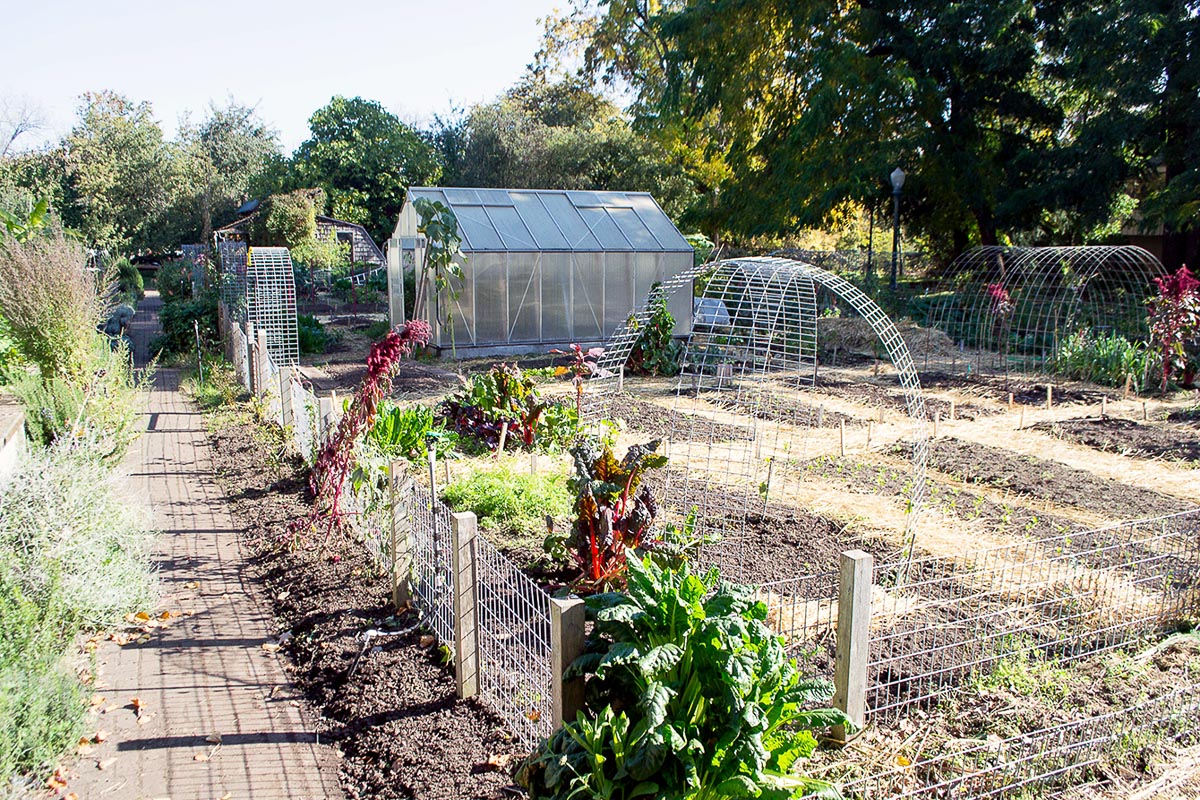The Basic Principles Of City Blooming
Table of Contents5 Simple Techniques For City BloomingThe City Blooming StatementsCity Blooming Can Be Fun For EveryoneSome Known Questions About City Blooming.The 8-Minute Rule for City Blooming
Intrigued in expanding food to buy in the City of Chicago? Thinking of beginning a neighborhood yard? Changes to the Chicago Zoning Ordinance enable agricultural usages like neighborhood gardens and urban ranches in numerous parts of the city. Below is a listing of regularly asked questions concerning the policies and policies that growers need to consider when preparing an urban farming job.
The zoning amendment does not customize any type of various other codes managing composting, building licenses, acquiring or renting City had home, business licenses or ecological contamination. There are existing codes that control these concerns and they remain completely result and may be applicable to your project. Area yards are generally had or handled by public entities, civic organizations or community-based companies and maintained by volunteers.
Urban farms expand food that is planned to be sold, either on a not-for-profit or for-profit basis. Due to their industrial function, city ranches require a business license.
Some Known Facts About City Blooming.
Composting is allowed yet just for plant product that is created and used on website. The amount of garden compost product can not exceed 25 cubic lawns at any provided time according to the standards in 7-28-715 of the City's Municipal Code. Yes. Because the dirt at a lot of new garden websites requires changing, compost, soil, timber chips, or various other materials can be obtained to build or enhance the expanding area - City gardening.

If a structure license is required after that the hoophouse will certainly be considered an accessory structure. You can learn even more regarding the building authorization demands by contacting the Department of Structures. The 25,000-square-foot size limit is meant to stop a single community yard from dominating a provided block or interfering with the block's existing property or business character.
The limit does not put on gardens situated in Public Open Space (POS) districts. Can there be greater than one area garden that is 25,000 square feet on a solitary block? Yes. The size restriction relates to individual yards, not to private blocks. No. Fencing is not required, however, gardens that have big parking areas may be called for to set up secure fencing or other landscape design attributes.
The Facts About City Blooming Revealed
B1 & B2 districts require that all industrial use activities be carried out indoors. R districts limit business activity. The guidelines mirror the purpose and intent of the Zoning Code. Is fencing required for city farms? Yes. this post Fencings might be needed, in addition to landscape design and screening, for sure parking lot and outdoor work or storage areas depending upon area and the certain activity occurring.
Yes. Urban farms require building licenses and zoning approvals prior to building. Various other types of city evaluation may be called for relying on certain structures, activities, dimension, landscape design, licensing, public health and stormwater administration concerns. Most of these needs are recognized in the task layout or permitting procedure, nevertheless, the candidate may be liable to independently identify certain licenses or allows that might be needed.
Yes. The kind of license is identified by what is taking place at the site. The Department of Business Affairs and Customer Security can help identify the certain kind of business permit that's needed. Yes. Off road parking is needed for most business tasks in Chicago. The needed variety of garage is based upon the variety of employees dealing with website and not the square footage of the growing area.
Excitement About City Blooming

A city ranch can sell compost product created on site, however, the operation needs to abide with the policies in 7-28-715 of the Chicago Municipal Code. Aquaponic systems are enabled indoors on city farms in many zoning districts.
Approximately five hives or swarms of honey bees may be kept as an accessory use. Beekeepers should register with the Illinois Division of Agriculture. For more details about the recommended zoning change you may get in touch with the Department of Housing and Economic Development, Bureau of Preparation and Zoning at 312.744.8563.
Farming in cities and city areas An urban ranch in Chicago. Urban agriculture refers to various practices of cultivating. https://experiment.com/users/cityblooming, processing, and distributing food in urban locations. The term likewise puts on the area activities of animal husbandry, tank farming, beekeeping, and gardening in a metropolitan context. Urban agriculture is identified from peri-urban agriculture, which takes location in rural locations at the side of suburban areas.
Things about City Blooming
, that seek to form social networks started on a common principles of nature and community holism. These networks can create by way of formal institutional assistance, coming to be integrated into neighborhood town planning as a "change town" activity for sustainable urban advancement.
The much more direct accessibility to fresh vegetable, fruit, and meat products that may be become aware through metropolitan farming can enhance food security and food safety and security while lowering food miles, causing reduced greenhouse gas exhausts, thereby adding to climate modification mitigation. A few of the very first proof of city farming originates from Mesopotamia.